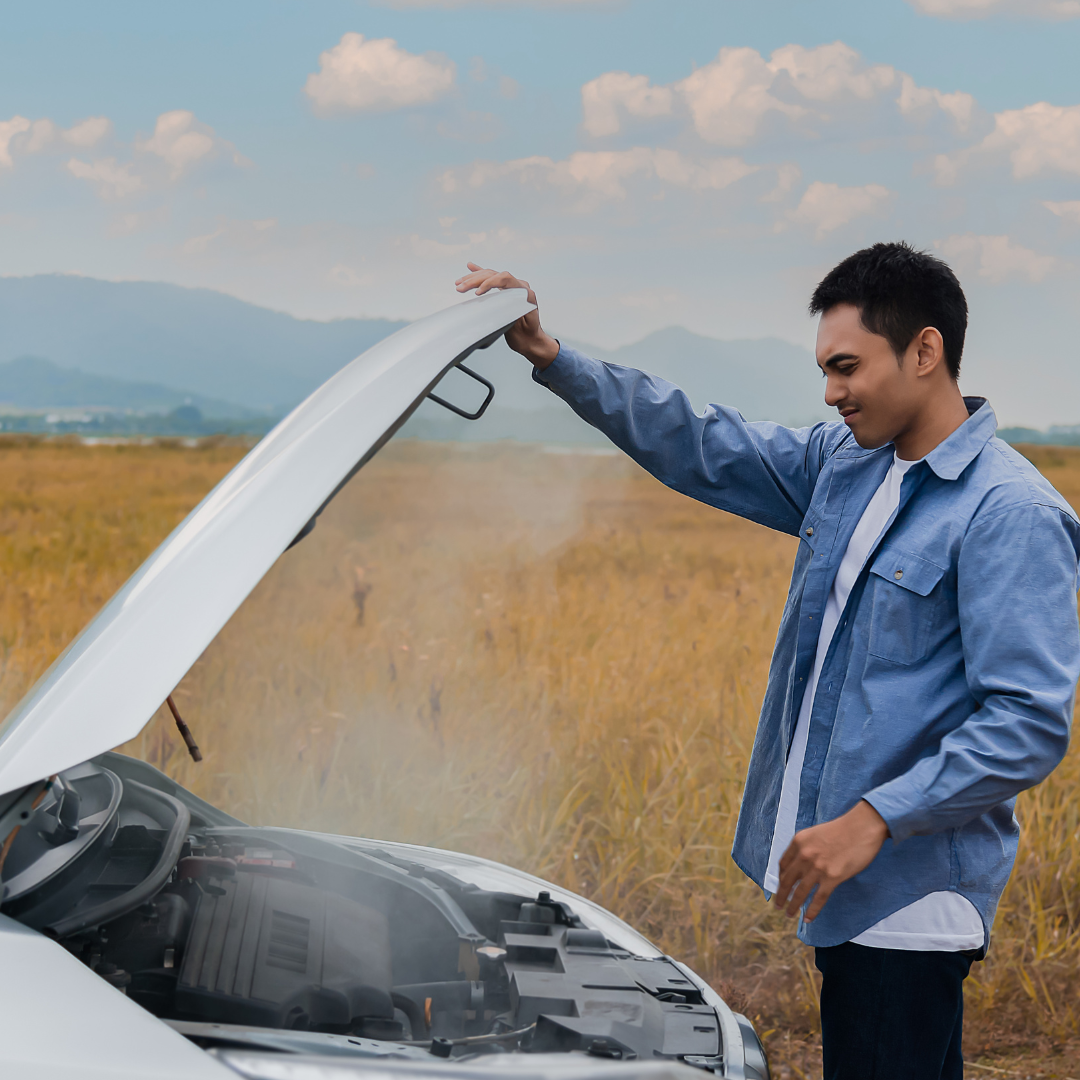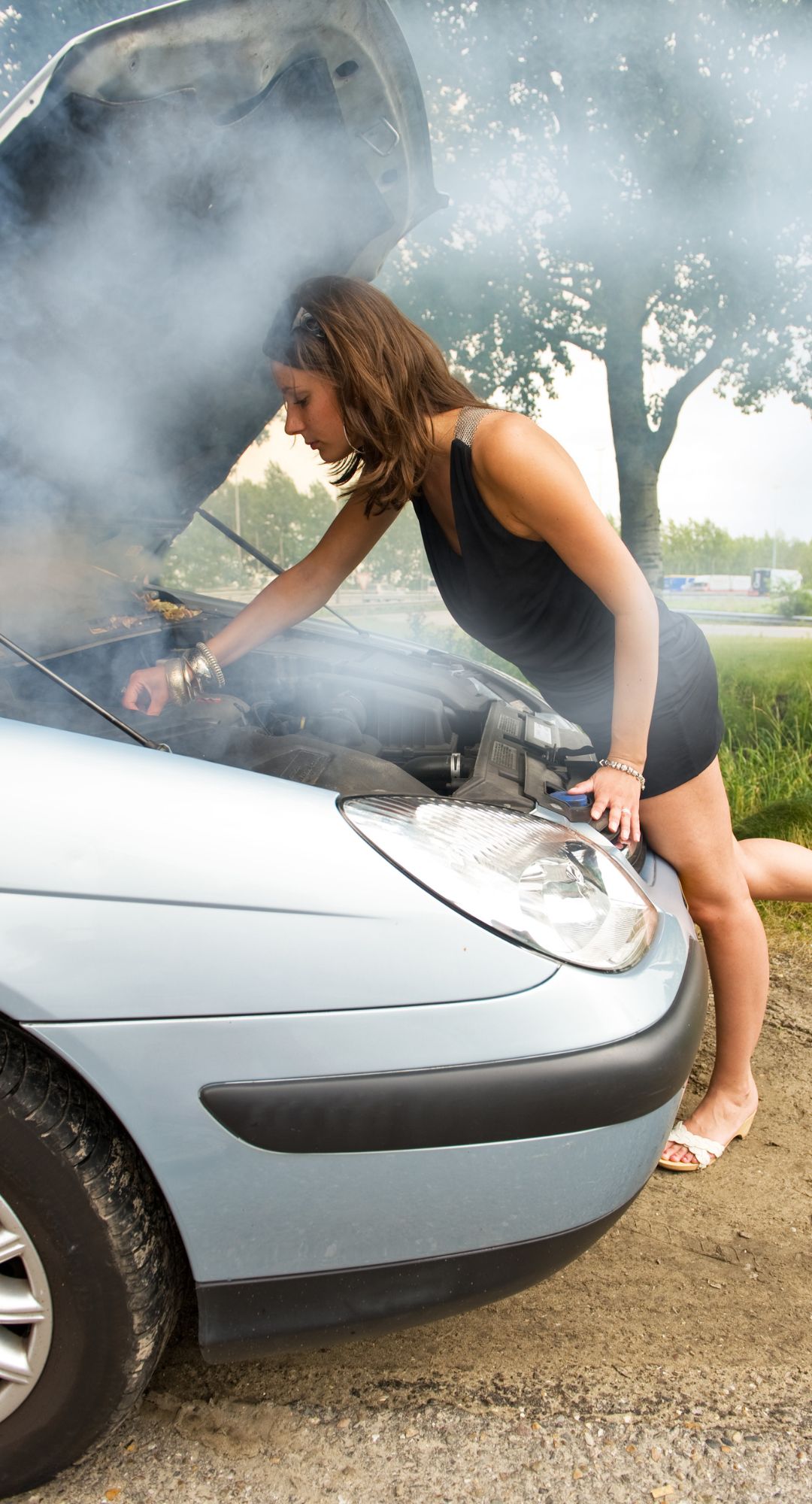By Madeleine Burry
Your car is a sophisticated, well-crafted machine that’s made to stand up to the heat. All sorts of elements in the car—a water pump, cooling fans, belts, and hoses—help keep coolant and air flowing through the vehicle constantly. If any one of these systems fails, your car can overheat. Extreme outside temperatures—both hot and cold—can damage important components and lead to overheating. But it’s more common to overheat in high temperatures, which is part of what makes summer driving hard on cars.

“The average engine temperature for most vehicles is between 195 to 220 degrees,” said Joshua Linstrom, Fleet Services Director for AAA Oregon/Idaho. “Once the temps increase about 225 degrees it exceeds the boiling point and the engine will overheat. Most model vehicles have an overheat gauge and the vehicle make take a while to reach that point, but the common signs are that is smells hot, unusual engine sounds , coolant on the ground, steam, and loss of power. Any symptoms of an overheat or a concern of loss of coolant or no coolant, call AAA right away.”
How to Prevent Your Car from Overheating
Signs Your Car is Overheating
What to do When Your Car Overheats
1 . When it’s safe, pull over.
If steam is billowing out of your car or your temperature gauge is reading hot, pull over as soon as it’s safe to do so and turn off the engine.
2 . Turn off the AC and turn on the heat.
If you’re in heavy traffic and can’t safely pull over immediately, turn off the air conditioning to ease the load on the engine. Then, turn on the heat. Yes, this will make it uncomfortable, but it can help the engine cool down slightly as you drive. But don’t drive for long with the heat turned up – this is just a short-term strategy.
3 . Call AAA for help.
Our team will ask if you have shelter or a cool place to wait on hot days, says Linstrom. It is safer for the member to wait inside their vehicle with their windows down – especially if the break down occurs in an unsafe area – like on a highway. However, if the vehicle becomes too warm and you need to leave the car for a safer place to wait, we can coordinate to pick you up on the way to assist with the vehicle. PLUS! Our tow drivers keep cold water in their trucks.
4 . Leave the key in.
If you are able to remain in the vehicle, switch the key to the accessory position – the spot that allows your radio to play without starting the engine. This turns on the electrical components, including the cooling fans that move air through the engine to help cool it down faster.
5. Let the car cool.
While you’re waiting for help, sit tight. Do not touch the hood or any part of the front of the vehicle for the next 20 minutes or so. If you want to check coolant levels, make sure the engine is completely cooled down before removing the radiator cap. If you remove the radiator cap while the coolant is still hot, it can spray out and severely burn you.
While adding coolant can be helpful, you’ll still want to consult with a professional to figure out the underlying reason your car overheated, and how to fix it. On modern cars, a heat wave alone isn’t reason enough for a steaming engine—there is likely damage to one of the cooling system parts that needs to be repaired to prevent further damage and continued overheating.


